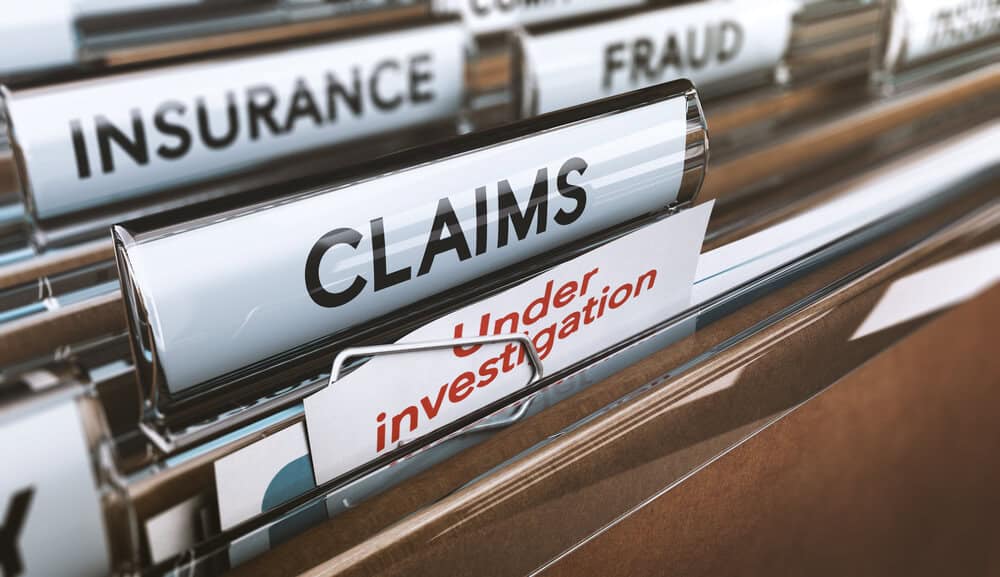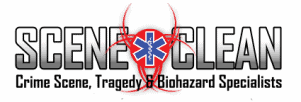In the realm of home or business ownership, unexpected disasters can strike at any moment, leaving behind a trail of devastation. When faced with biohazard cleanup scenarios, such as crime scenes, accidents, or unattended deaths, the last thing one wants to worry about is navigating insurance policies. However, understanding how insurance companies handle biohazard cleanup claims is crucial for a smoother recovery process.
The Role of Insurance Companies in Biohazard Cleanup Claims

When a biohazard cleanup claim is submitted to an insurance company, it initiates a comprehensive assessment by an adjuster. Their main responsibility entails meticulously reviewing the policy details to ascertain whether the claim aligns with the coverage parameters outlined. It’s imperative to note that exclusions within the policy play a pivotal role, potentially resulting in claim denial.
Claim Exclusions: Unveiling the Key Consideration
Exclusions play a pivotal role in biohazard cleanup claims, serving as critical determinants in insurance claim outcomes. Insurance companies frequently deny claims citing specific exclusions outlined in the policy documentation. Thus, policyholders must engage in meticulous examination of their insurance contracts to grasp the scope of coverage limitations.
Although policies may vary, common exclusions often involve intentional acts, illegal activities, or specific types of biohazard incidents that may not be covered under standard policies. Understanding these exclusions is essential for informed decision-making and ensuring adequate protection in unforeseen circumstances.
Navigating Documented Work Requirements
Following a biohazard incident, property owners commonly seek assistance from professional cleanup contractors to address the aftermath effectively. However, the restoration process extends beyond mere cleanup. Comprehensive documentation of the undertaken work becomes paramount for insurance claims processing.
Contractors are tasked with meticulously recording each phase of the cleanup endeavor, ranging from the initial assessment to the final restoration stage. This detailed documentation serves as tangible evidence during the claim presentation to insurance companies, ensuring transparency and expediting the reimbursement process for the property owner.
Adapting to Remote Adjuster Assessments
Traditionally, insurance adjusters would physically visit sites to evaluate damage and verify claims. Yet, with technological advancements, a notable shift has occurred, leading many adjusters to conduct assessments remotely. This evolution has significantly streamlined the claims process, obviating the necessity for on-site visits. Consequently, contractors can efficiently document their work and furnish evidence electronically, thereby accelerating the claims processing timeline and enhancing overall efficiency in the resolution of insurance claims.
The Importance of Comprehensive Documentation
Within the realm of biohazard cleanup claims, documentation emerges as a paramount factor for successful resolution. Property owners and contractors alike bear the responsibility of meticulously preserving detailed records encompassing every facet of the cleanup endeavor. This includes but is not limited to, capturing comprehensive photographic evidence, retaining all relevant invoices, and compiling exhaustive reports outlining each step of the cleanup process.
The compilation of such comprehensive documentation serves a dual purpose: not only does it provide concrete substantiation for the claim being asserted, but it also cultivates an environment of transparency and accountability throughout the entirety of the claims process. By adhering to rigorous documentation practices, stakeholders can effectively navigate the intricacies of biohazard cleanup claims, thereby expediting the resolution process and fostering a sense of trust and reliability in the insurance adjudication process.
In Summary

Navigating biohazard cleanup claims within the realm of insurance can be a daunting task. Understanding the intricacies of policy exclusions, documenting every aspect of the cleanup process, and adapting to remote assessment protocols are crucial steps in ensuring a successful claim outcome. By arming themselves with knowledge and meticulous documentation, property owners can navigate the claims process with confidence and expedite the path to recovery. For assistance with biohazard cleanup and navigating insurance claims, contact Scene Clean today.






